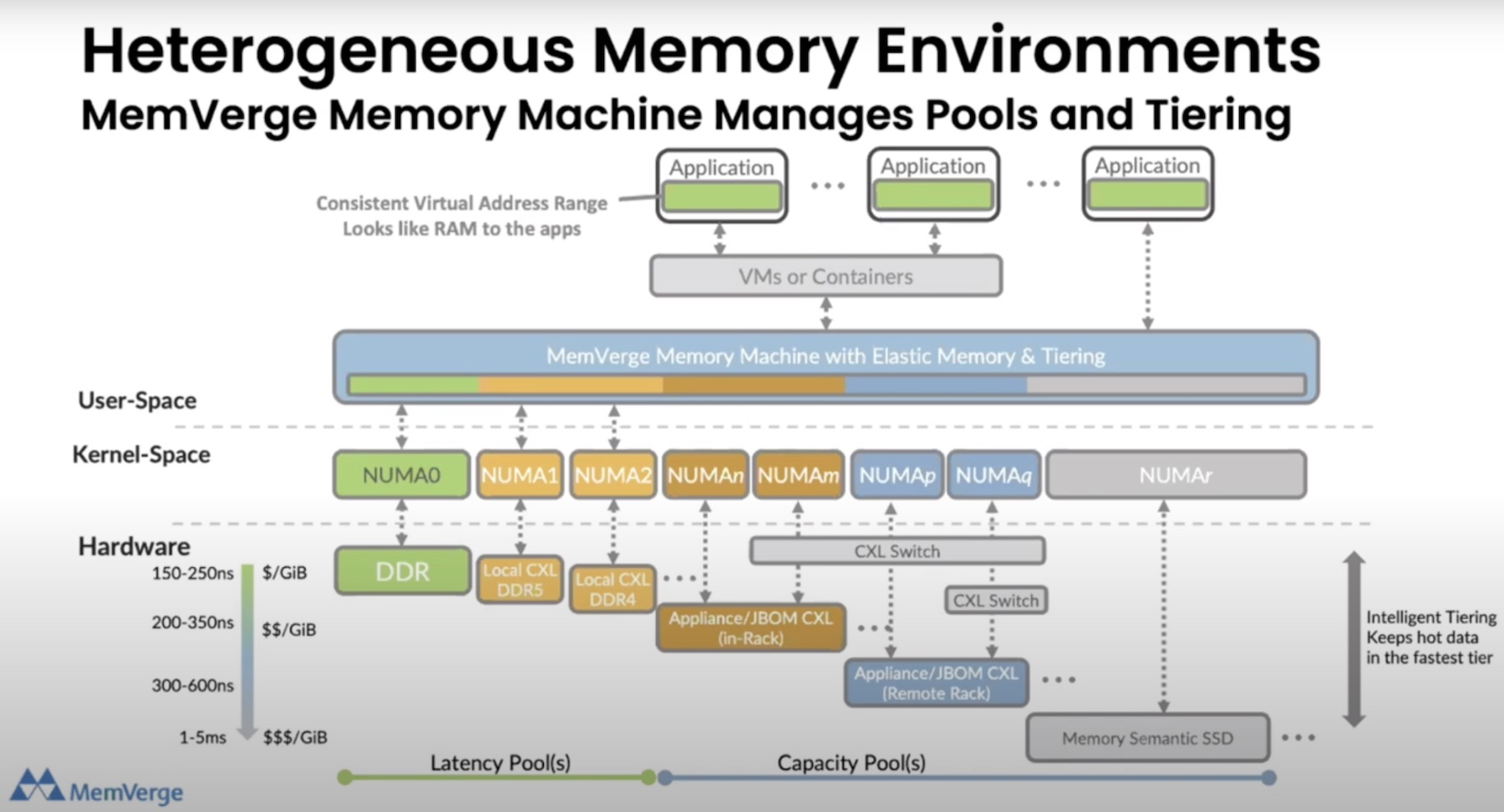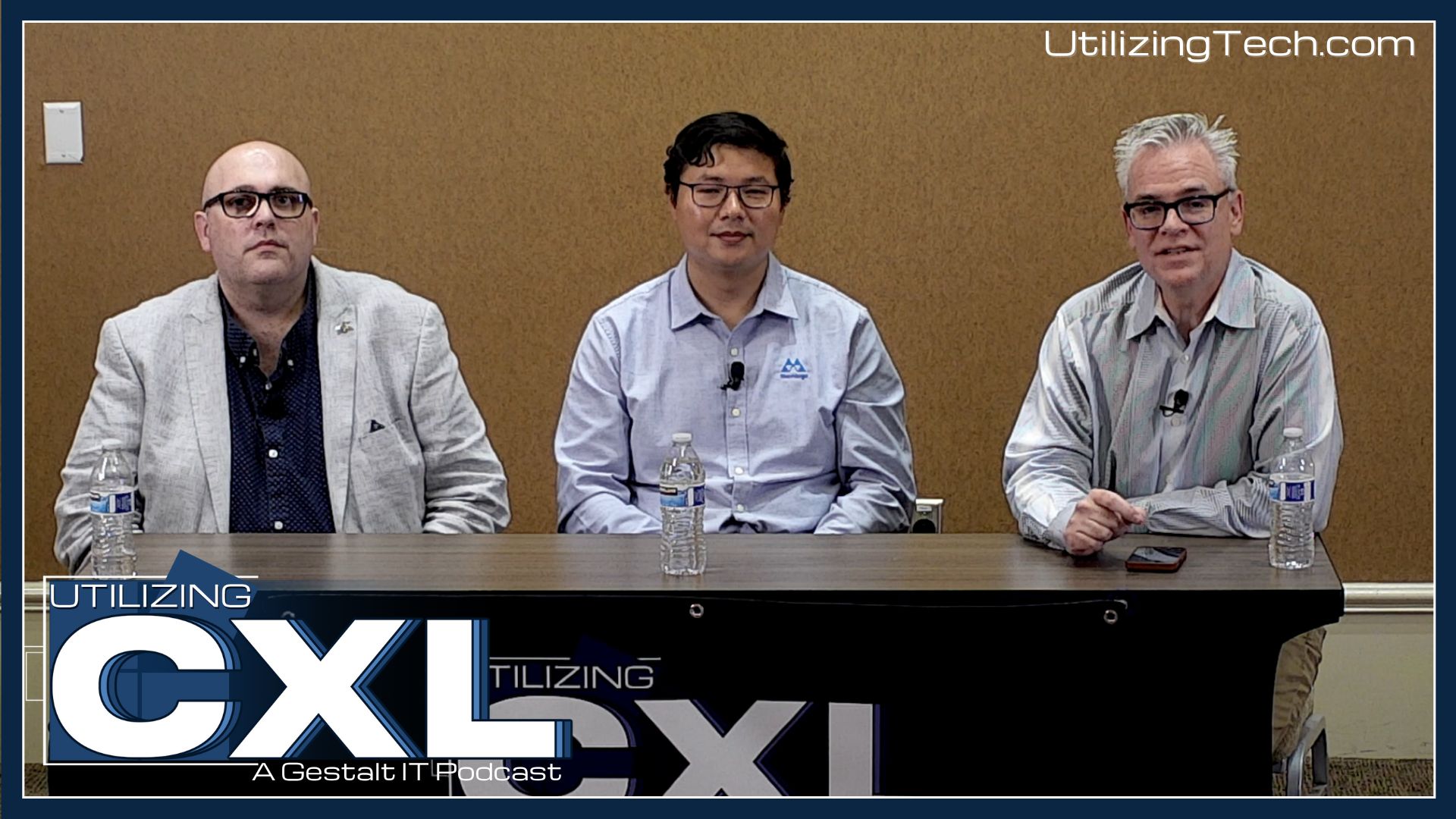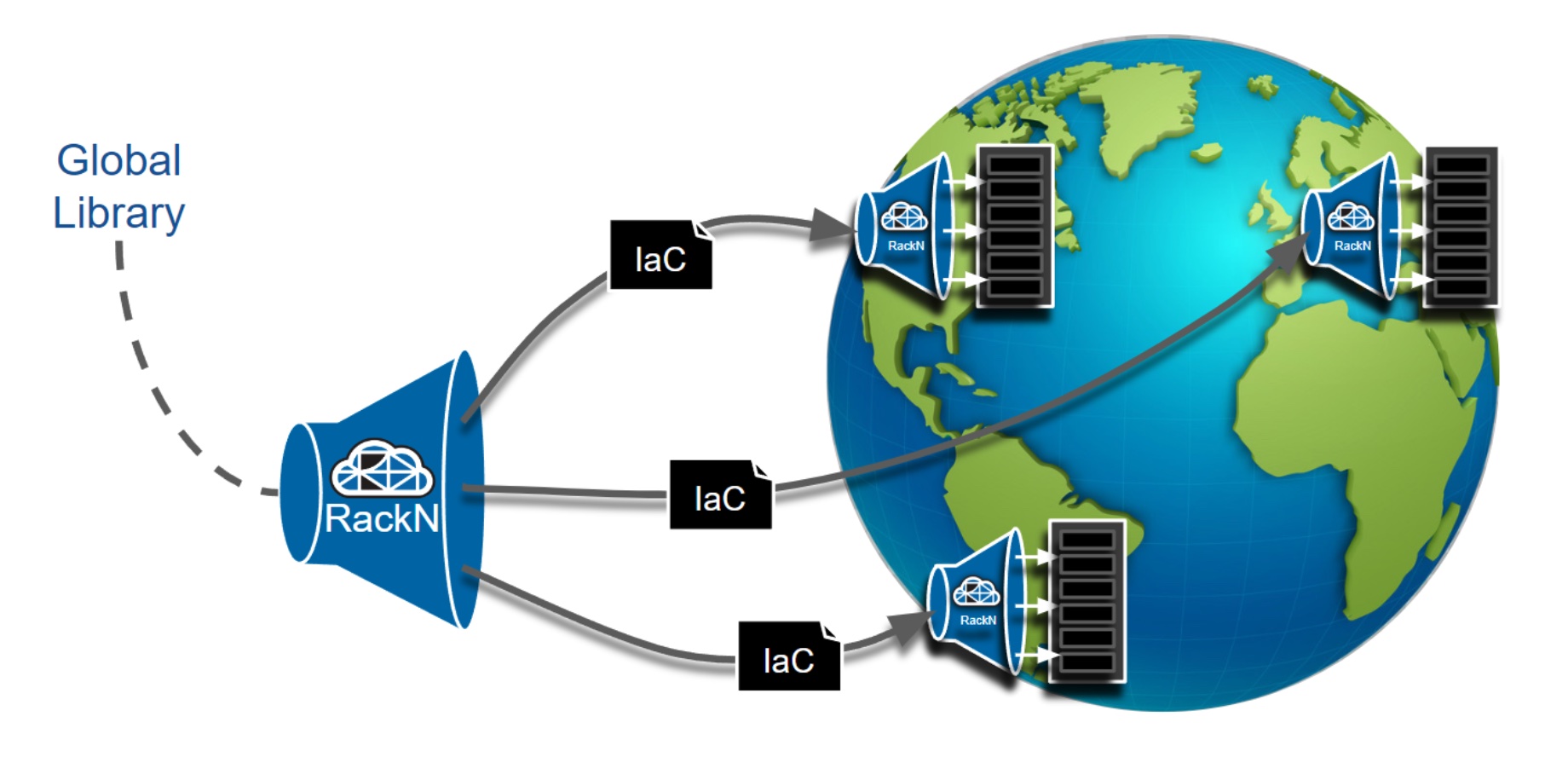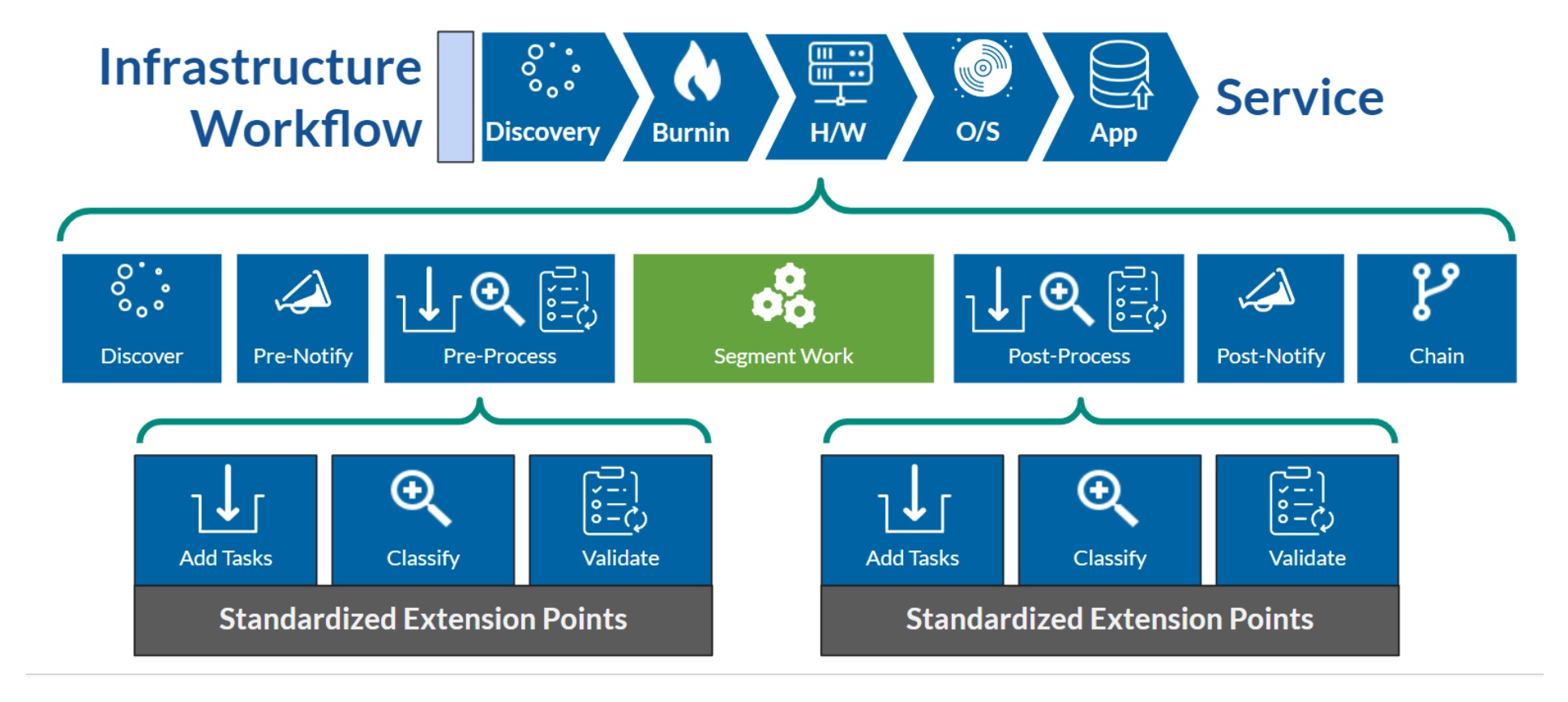Every few years (or some times every several years) the technologies used in enterprise IT infrastructure see a large step, or even a leap forward. Past innovations such as virtualization, multi-core CPUs, SSDs (and later NVMe) have changed the way the infrastructure is designed, operated, and scaled. One other such innovation is HyperConverged Infrastructure (HCI).
The HCI Takeover
Using similar principles to other distributed architectures, HCI combines both compute (CPU and RAM) and storage into a cluster of nodes. The nodes communicate over an IP network and combine both storage and compute resources into a unified, consumable pool. This architecture brings operational simplicity, rapid scalability, and high availability for both workloads and data. As a product class, HCI has seen explosive growth over the past few years with products like Nutanix and DelEMC VxRail leading the charge while facing growing competition from the likes of HPE Simplivity, Cisco Hyperflex, and Scale Computing.
Within the space though, architectures tend be be similar. The “nodes” of the cluster are all x86 servers using Intel or AMD CPUs. They all run a hypervisor, typically VMware ESXi, but there is the occasional alternative. Storage is made up of either all flash devices or a combination of flash storage and HDDs. The single pool of storage is created using either a series of VM’s running on each node, or by native capabilities in the hypervisor itself. With the exception of Nutanix’s offering on IBM power, there is little else separating the architecture of these products at a hardware level.
The earliest we saw most HCI products ship was 2012, and in the years since there have been several new entrants with very little change in the overall architecture of their solution. Products like Datrium DVX or NetApp HCI have changed the model somewhat, but the underlying components are still very similar. With the advent of persistent memory products such as Intel Optane DC a new class of storage products have emerged with very few applications in existence to harness the advantages they provide.
From HyperConverged to Memory-Converged
Founded in 2017 by Charles Fan, Jehoshua Bruck, and Yue Li, MemVerge sought to create a product that could harness the power of new storage class memory products that began appearing on the market. Emerging from stealth this month, Silicon Valley based MemVerge has released a new product and model of infrastructure that they are calling Memory-Converged Infrastructure. Utilizing both Intel Optane DC persistent memory and flash storage, MemVerge’s solution allows customers reduce bottlenecks in storage IO and overall amount of memory per node in typical HCI solutions. A MemVerge cluster can support up to 128 nodes with up to 6TB of RAM and 360TB of storage per node. Nodes can be either purchased as a MemVerge appliance or customers can purchase servers from their vendor of choice on a list of MemVerge partners
Similar to most other HCI solutions on the market, MemVerge runs on a cluster of x86 based servers that create a unified pool of compute and storage resources. The use of storage class memory as a high performance persistence layer is a significant differentiator, but it is not the only one. To create a cluster in which the nodes can communicate efficiently enough to harness the power of storage class memory, RDMA over converged ethernet (RoCE) is used in lieu of an IP network for certain functions. Additionally, MemVerge does not use a virtualization layer as many other HCI solutions do. Instead, MemVerge customers run applications in containers managed by Kubernetes and will be even be able to deploy these applications through an app store in the future.
The solution is currently in Alpha with a handful of customers with a Beta opening up in the coming weeks. MemVerge hopes to have GA in late 2019/early 2020.
Ken’s Conclusion
Every once in a while IT infrastructure sees a new class of product that entirely changes the way we design solutions. Like such technologies as virtualization and flash storage before it, storage class memory has the opportunity to change the way we design infrastructure and run applications. MemVerge has the advantage of being a first mover in this space. In the future we may see more purpose build applications and compute models that harness the power of storage class memory directly, but in the meantime MemVerge is building a bridge between existing applications and the technologies of the future with the Memory Converged Infrastructure platform.




